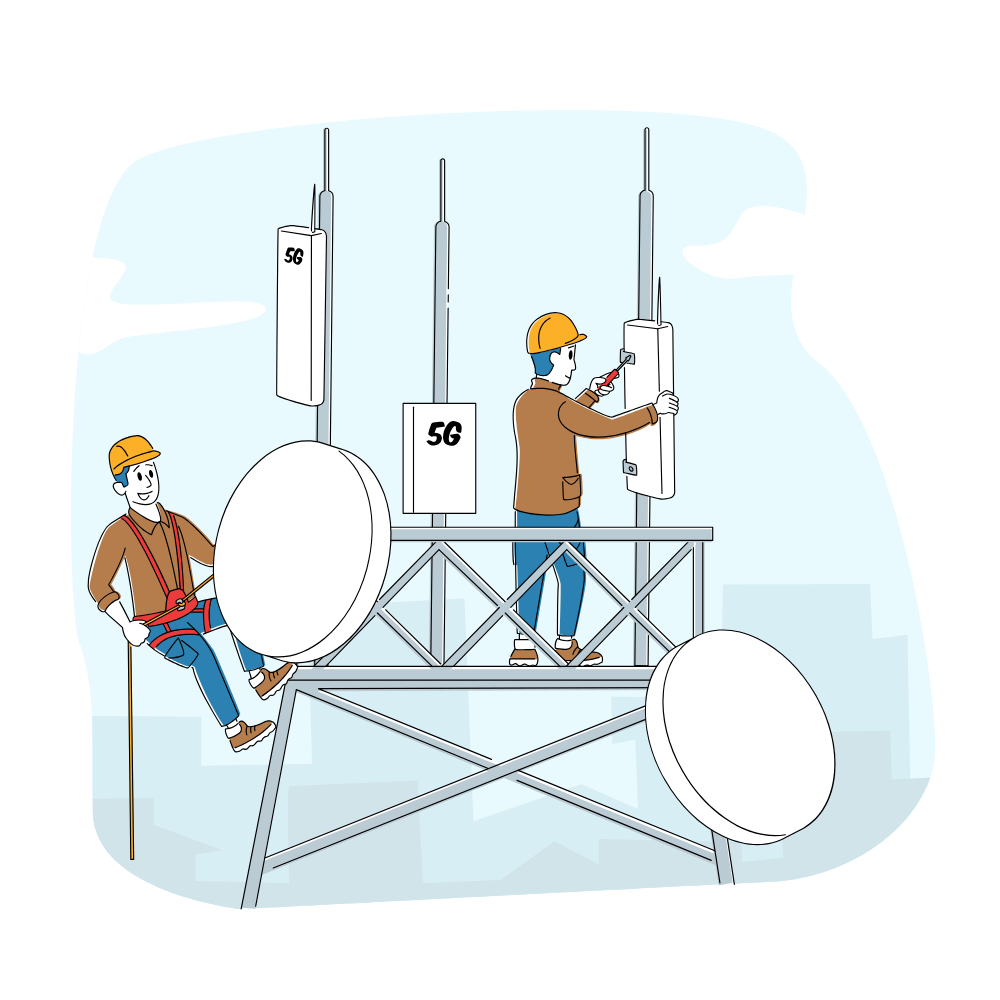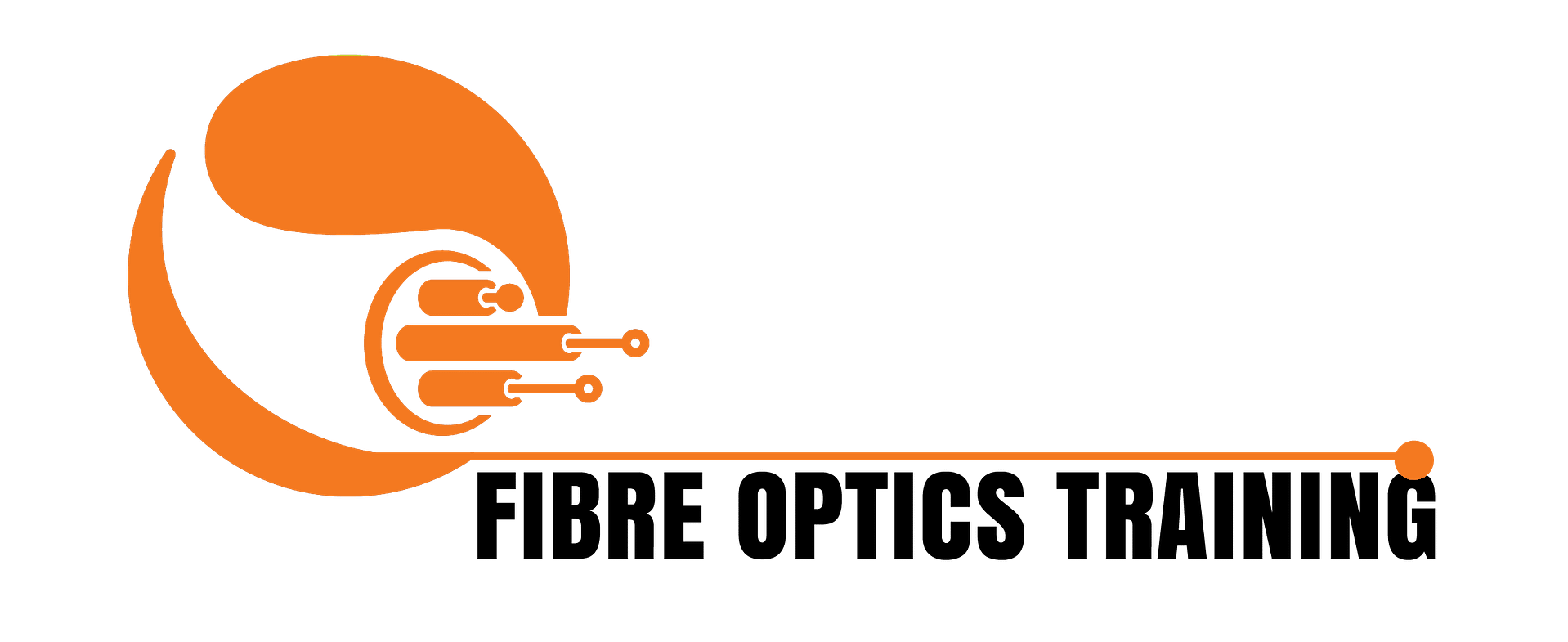Fibre-to-the-home (FTTH) installers directly install and maintain high-speed internet connections to residential buildings. Their work involves running fibre optic cables, setting up the necessary equipment, and ensuring the connection meets quality standards. Compared to traditional copper connections, FTTH provides faster internet speeds, improved reliability, and better overall performance. Installers need a good understanding of networking, technical skills to handle fibre optics, and the ability to troubleshoot any issues during installation.
To become a Fibre to the Home (FTTH) Installer and unlock the future of high-speed internet connections, it would be best if you were qualified in fibre optic installation, and courses like the following would be required:
- Certified Fibre Network Installation Technician CFNIT
- Certified Fibre Network Installation Technician Telecoms CFNITT
- Certified Fibre Network Testing Engineer CFNTE
Other courses would include if you were working on Openreach Network in the UK:

As a vital part of the digital landscape, FTTH installers bring lightning-fast internet directly into homes, enhancing connectivity and performance for countless families. Your expertise in running fibre optic cables and installing advanced equipment will make you indispensable in an increasingly connected world. FTTH offers unparalleled speeds, reliability, and an enhanced online experience compared to traditional connections. Join this dynamic field where your technical skills in networking and problem-solving will shine and help shape the future of internet access!
Fibre to the home is evolving rapidly, and technicians and engineers must be fully conversant with fibre optics installation. These would include the following:
- Underground cable installation
- Overhead cable installation
- Blown cable and fibre installation
- Fibre jointing & splicing
- Fibre network testing and fault finding
- Computer networking for residential installation
- Fibre network topology point-to-point and point-to-multi-point solutions (PON)
Underground cables
Fibre optic cables are installed in the underground ducted network; some tee off to customer properties and may already be in place. If not, the service provider may install new ducts ready for service to the property’s boundary. This may require some civil engineering to connect to the new fibre network, especially if gardens or driveways are present. However, new fibre drop cables will be installed at the fibre distribution points in a streetside cabinet or underground chamber.
Sometimes, the cables may be routed to a telegraph pole where an aerial node, CBT, is fitted, but underground has benefits. Fibre-to-the-home installers can quickly install a new fibre cable from the distribution point and connect a new customer. It may require splicing to a customer termination box, where a pigtail connector will be present. The connector interfaces with the fibre router.


Overhead Cable Installation
Overhead cabling to customer premises is a quick, effective delivery solution using telegraph poles with a connection block on the pole called a CBT or ASN. The installer will connect via a connecter. However, before they do, they will check that the optical power levels are correct and, if necessary, will carry out other tests using specialised equipment.
They will then install the drop cable, transport the fibre drop cable to the desired premises, and terminate the cable in a customer termination box. They will perform optical testing, connect the router, and activate the service.
Blown fibre
Blowing fibre allows the access nodes to be further away from the subscriber. For some service providers, this is their preferred method of installation. They will use compressed to float the fibre down a blown fibre tube; the installer should test the tubing beforehand to ensure they can reach the desired location before attempting to blow the fibre; it is a more complex solution, but blown fibre solutions offer flexibility and scalability especially if feeding a multi-dwelling unit instead of one single fibre has been blown into the blown fibre tube up to 24 fibres can be blown and distributed around the building.
FTTH Broadband Installers
Fibre-to-the-home broadband installers require various skills in cabling, splicing and testing. To ensure customers get connected, they must understand how fibre optics works and how light travels down an individual fibre and be fully conversant with industry standards like maximum splice loss, connector loss, and end face inspection to ensure the connector is clean and able to perform link loss calculations for a fibre link.
They should be trained in fibre optic testing, how to correctly set up test equipment like optical time domain reflectometers (OTDR), and proficient in optical power meters. Customer installations are customer-facing, and some customers can be challenging, so they need to present themselves professionally at all times.
Industry entry requirements
It is advisable that training in fibre optics be the priority; no previous knowledge or experience is required, but courses like COFNII CFNIT and CFNITT would perfectly align with what is needed. Then, progress onto the fibre testing course CFNTE. We have redeveloped all our courses to align with modern and future deployments for network providers, ensuring that quality training is at the core of all our training modules.
Conclusion
It pays to get vocational qualifications backed by industry, meet industry requirements, and provide a clear career progression path. Don’t be fooled by outdated qualifications or non-vocational awards like accreditations for specific providers.
COFNII, the new industry trade association that supports installers, employers and service providers, have worked together to develop approved trainers and training providers, firstly by looking at the skills gap within the industry and the requirements that employers need to employ a new member of staff or sub-contractors there are too many rouge training providers out there who want the money and pass, COFNII has addressed that issue and developed with employers and service providers the skills required to be a qualified installer with its certified schemes to ensure quality training is delivered.

